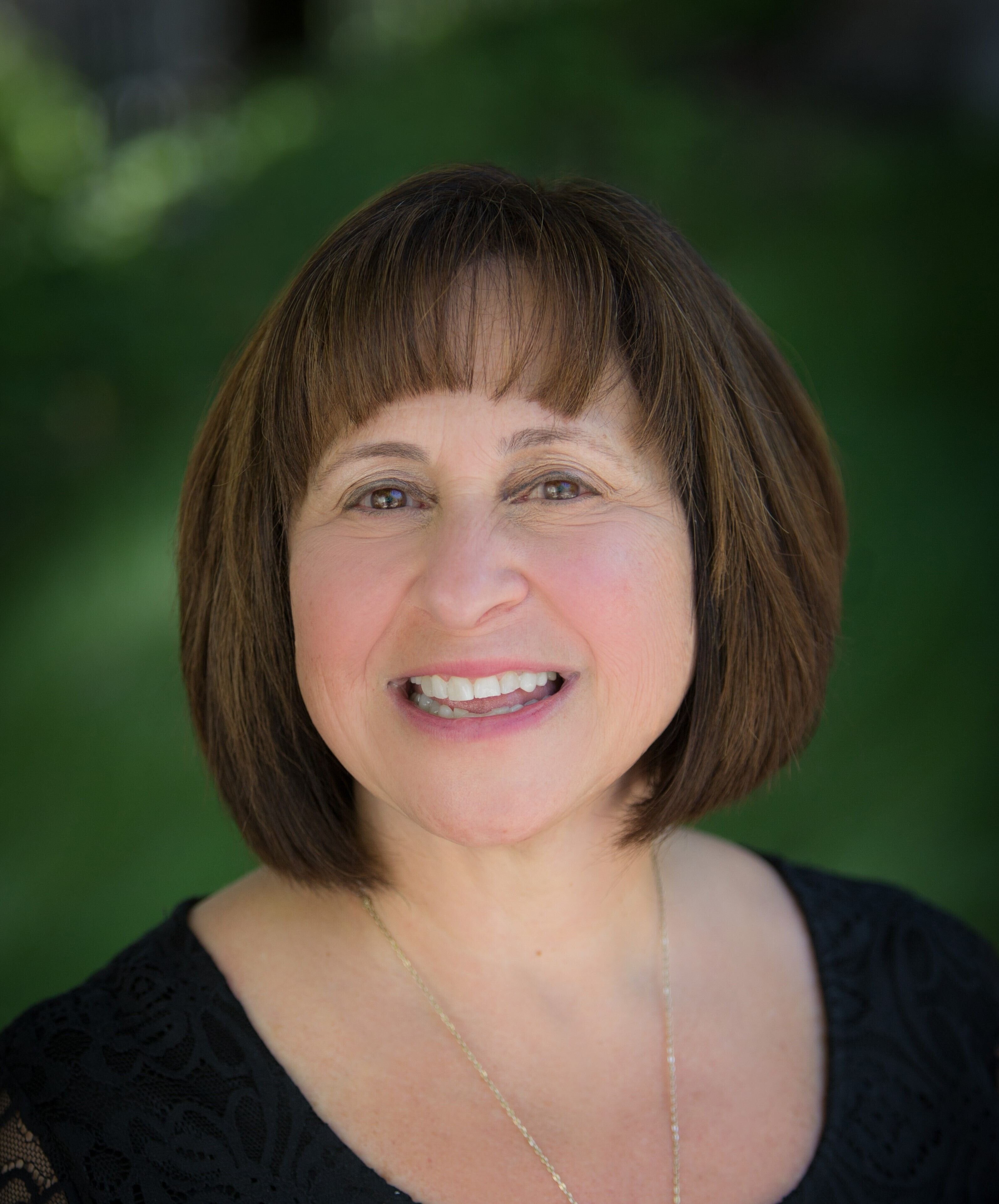This week, I traveled to Tucson, not knowing anyone other than the woman who had scheduled my speaking engagement. As I walked into the synagogue, I began meeting the members of the congregation, and immediately the connections were made. One couple was the parents of a rabbinic colleague. Another man knew a family whom my family had known during my childhood in San Antonio, Texas. In another such connection, I discovered that members of the congregation also included the family of one of the university's students who recently became engaged to another student whom I had known in Dallas previous to her becoming a student. And, so the game of Jewish geography had begun and we were ready to begin studying Torah together.
As I think of this week’s Torah portion describing the encampment at Mount Sinai and God’s dramatic revelation to Moses and the Children of Israel, it is this same image of Jewish geography that is etched on the walls of my mind. See, there is a famous description given in the Talmud, which teaches that the souls of all Jews, including those not born, were present at Sinai. (Shabbat 146a) So I imagine the crowds of people, walking around, meeting one another and within moments, realizing that while one is the friend of a friend of a friend, the other is a distant cousin thrice removed who married into the family. Each connection made makes the world seem that much smaller, reinforcing that there really are no more than six degrees of separation. Connections made, and bonds of family and community sealed, our people then received the gift of God’s revelation, the Ten Commandments.
The experience of Sinai is unique in that it is understood to be the moment of God’s direct revelation to the people of Israel. With no intermediary intercepting the conversation between humans and God, it is no surprise that the Ten Commandments also gained popularity and prominence in the earliest forms of Jewish worship, representing hearing God’s voice speaking in each and every time and age. The Mishnah describes how the priests of the early Temple, having completed the sacrificial duties, would enter another part of the Temple to bless the people. Included in this elaborate ritual expression was the recitation of the Ten Commandments. So powerful was this meeting in recalling the moments of connection between the members of our community and God that the earliest rabbinic expressions of prayer also found their grounding around the idea of God’s revelatory moments. Re-creating the experience of standing at Sinai, the moment of God’s direct communication, the rabbis instituted the daily recitation
of the Ten Commandments as part of the fixed prayer.
The practice of including the Ten Commandments in the prayer service itself dissolved on account of concern that people would assume that these ten mitzvot held greater value than the remaining 603. Their concern, of course, was that people would then observe only those 10, ignoring all the others.
The incredible irony of this assessment, it seems to me, is not lost in today’s world. So well has been the equalization of all the mitzvot, that at times even these first ten are difficult to remember and fulfill. While I suspect that most of us reading this could easily say: ‘I have not (nor would I) commit murder’, could we also say we have never been jealous of or coveted our neighbor? Perhaps it is easy to say: ‘I do not steal’, but how do we define what it means to honor our parents?
But, most importantly, it seems to be that the re-creation of the Sinai moment represents so much more than the number of commandments that a person has or will complete. The Ten Commandments symbolizes the history of our people, and most importantly, the voice of God continuing to speak to us in our own time and in our own lives. As such, the Ten Commandments are the compass that leads us back into relationship with God, reinforcing not just ten, but also the entire system and all its components. The meeting at Sinai transcends any moment in time; rather, it continues through each and every moment. And, the meeting at Sinai was a meeting not just of people, but IS ultimately a meeting of souls - souls that are bound to each other, to the destiny of our people, and ultimately to God.
This week, as we hear the voice of the Torah uttering the Ten Commandments, I pray that we may turn our attention to these specific commandments and that we may all be ushered to the experience of Sinai to hear the voice of God speaking in our world and in our time. And, may we be blessed to meet one another this Shabbat at Sinai.
Shabbat Shalom.

